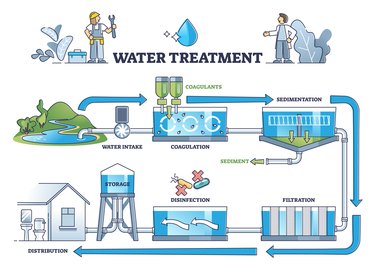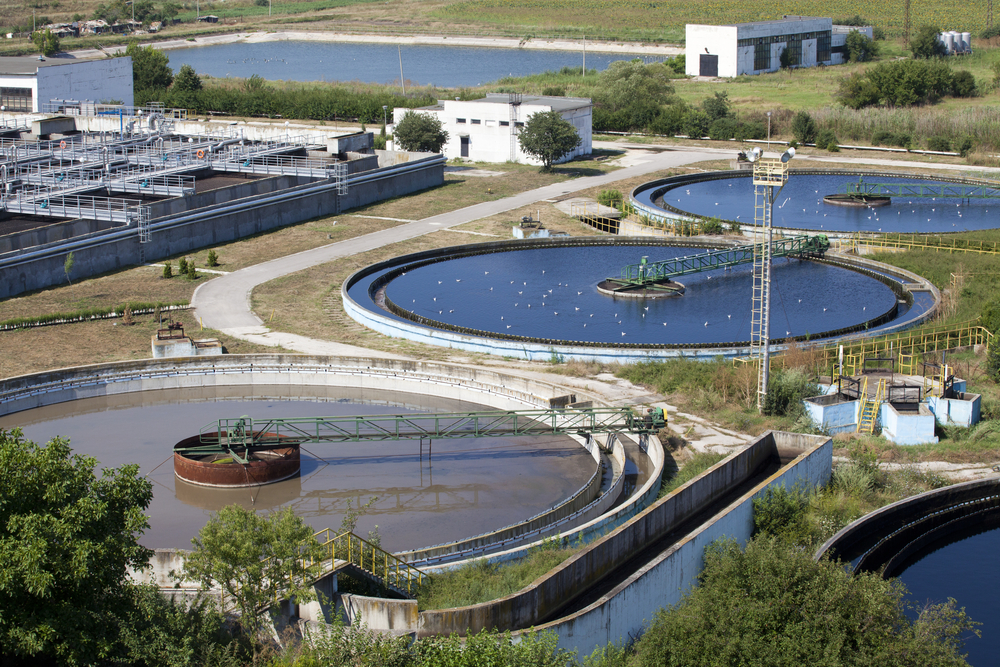Choosing the right water treatment polymer ensures better purification results.
Discover Exactly How Water Treatment Polymer Works to Enhance Your Water Purification Process
Water therapy polymers have actually emerged as vital agents in the realm of water filtration, functioning as both flocculants and coagulants to dramatically improve the elimination of pollutants. By facilitating fragment aggregation and boosting sedimentation effectiveness, these compounds not only improve water quality yet likewise simplify operational procedures. As we explore the detailed mechanisms behind their performance, the ramifications for both environmental sustainability and expense decrease end up being progressively obvious. Yet, what certain kinds of polymers exist, and just how do they tailor their actions to different filtration systems?
What Are Water Therapy Polymers?
Water treatment polymers are specialized chemical compounds utilized in numerous procedures to enhance the efficiency of water purification and therapy systems. These polymers play a crucial duty in the elimination of contaminants, including suspended solids, raw material, and microorganisms from water sources. They are typically categorized into natural, synthetic, and semi-synthetic polymers, each with distinct qualities and applications.

Water therapy polymers work as flocculants, coagulants, or dispersants, helping with the jumble of particulates for simpler elimination. Their performance can substantially decrease the cost and power related to traditional therapy methods, making them important parts in community and commercial water treatment centers. As water high quality regulations come to be much more rigorous, the demand for reliable water treatment polymers proceeds to grow, emphasizing their significance in modern-day water administration techniques.
System of Activity
The mechanism of activity of water therapy polymers includes numerous essential processes that improve the elimination of impurities from water. Primarily, these polymers function as flocculants, promoting the gathering of suspended bits into larger collections called flocs - water treatment polymer. This gathering occurs with cost neutralization, where the cationic polymers connect with negatively billed fragments, decreasing their electrostatic repulsion and permitting them to integrate
Once flocs are formed, their boosted size and weight facilitate sedimentation or filtration, therefore successfully removing them from the water column. Additionally, some polymers may exhibit adsorptive residential or commercial properties, binding to certain contaminants and boosting their removal effectiveness. This twin action not just improves the physical separation of bits however additionally aids in the reduction of liquified raw material and heavy metals.

Kinds Of Water Treatment Polymers
Numerous kinds of water treatment polymers are made use of in numerous applications to enhance the efficiency of impurity elimination processes. These polymers can be generally categorized right into 3 primary types: flocculants, coagulants, and dispersants.

Coagulants, on the other hand, are normally low-molecular-weight compounds that neutralize the charge of colloidal particles. They advertise the formation of bigger accumulations, which can then be eliminated much more quickly. Usual coagulants consist of light weight aluminum sulfate and ferric chloride, usually made use of combined with flocculants to improve general efficiency.
Dispersants serve a different objective; they support bits in suspension, preventing them from agglomerating. This is particularly essential in applications such as oil-water splitting up, where it is vital to keep impurities distributed till they try this web-site can be effectively gotten rid of.
The selection of the ideal polymer kind depends upon the certain attributes of the water being dealt with and the wanted high quality of the last effluent.
Benefits of Making Use Of Polymers
Polymers play an important duty in enhancing the effectiveness of water treatment processes, providing a variety of advantages that add to enhanced functional efficiency. One of the primary benefits of using polymers is their ability to dramatically increase the performance of fragment removal during coagulation and flocculation. By advertising quicker and a lot more efficient aggregation of fragments, polymers facilitate the explanation of water, leading to higher top quality outcome.
Furthermore, polymers can boost the sedimentation process, resulting in minimized sludge quantities. This not only reduces disposal expenses however additionally minimizes the ecological impact connected with waste monitoring. The usage of water therapy polymers can lead to boosted filtration prices, permitting for much more efficient use of sources and decreased functional downtime.
Furthermore, polymers help in supporting the water chemistry, which can alleviate concerns associated with scaling and corrosion in therapy systems. This stabilization contributes to the durability and reliability of tools, ultimately lowering maintenance expenses. The flexibility of polymers enables their application throughout different water therapy circumstances, making them indispensable devices for accomplishing governing conformity and making sure public wellness security.
Applications in Water Purification

Water filtration processes make use of a selection of polymers to enhance treatment efficiency and guarantee the removal of contaminants. These polymers play essential duties in coagulation, flocculation, and sedimentation, properly accumulating suspended bits and facilitating their removal from water. Coagulants, such as polyaluminum chloride, communicate with pollutants, counteracting their charges and advertising the development of larger aggregates, called flocs.
In addition to conventional coagulants, specialized polymers are utilized in membrane layer purification systems. These polymers enhance membrane layer performance by minimizing fouling and prolonging functional life-span. Polymeric adsorbents are used to target specific impurities, consisting of hefty metals and organic compounds, providing a customized strategy to water treatment.
Polymers also find applications in sludge dewatering procedures, boosting the efficiency of solid-liquid separation - water treatment polymer. By boosting the dewatering qualities of sludge, these polymers decrease disposal costs and ecological effect
Final Thought
In verdict, water treatment polymers play a crucial role in boosting water filtration processes by acting as effective flocculants and coagulants. In general, the incorporation of these specialized substances is necessary for enhancing water treatment systems and guaranteeing effective filtration outcomes.